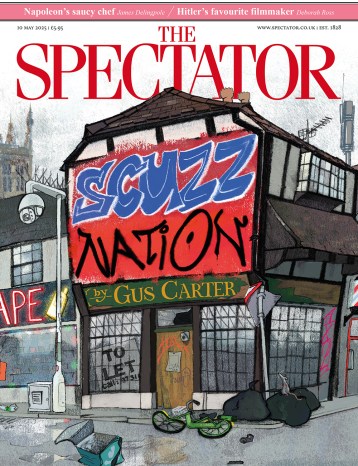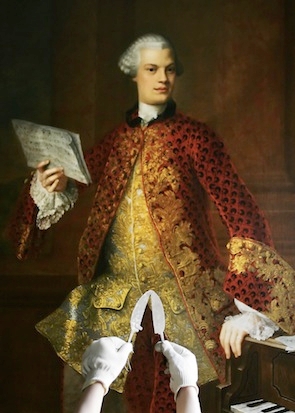One of the most complete bars to the authentic performance of both baroque opera and some renaissance polyphony is the current unavailability of castrati. There isn’t much to be done about it of course, but we might regret that we can no longer hear a sound which, at its best, fascinated all who did hear it.

Disagree with half of it, enjoy reading all of it
TRY A MONTH FREE
Our magazine articles are for subscribers only. Try a month of Britain’s best writing, absolutely free.
Already a subscriber? Log in






Comments
Join the debate, free for a month
Be part of the conversation with other Spectator readers by getting your first month free.
UNLOCK ACCESS Try a month freeAlready a subscriber? Log in